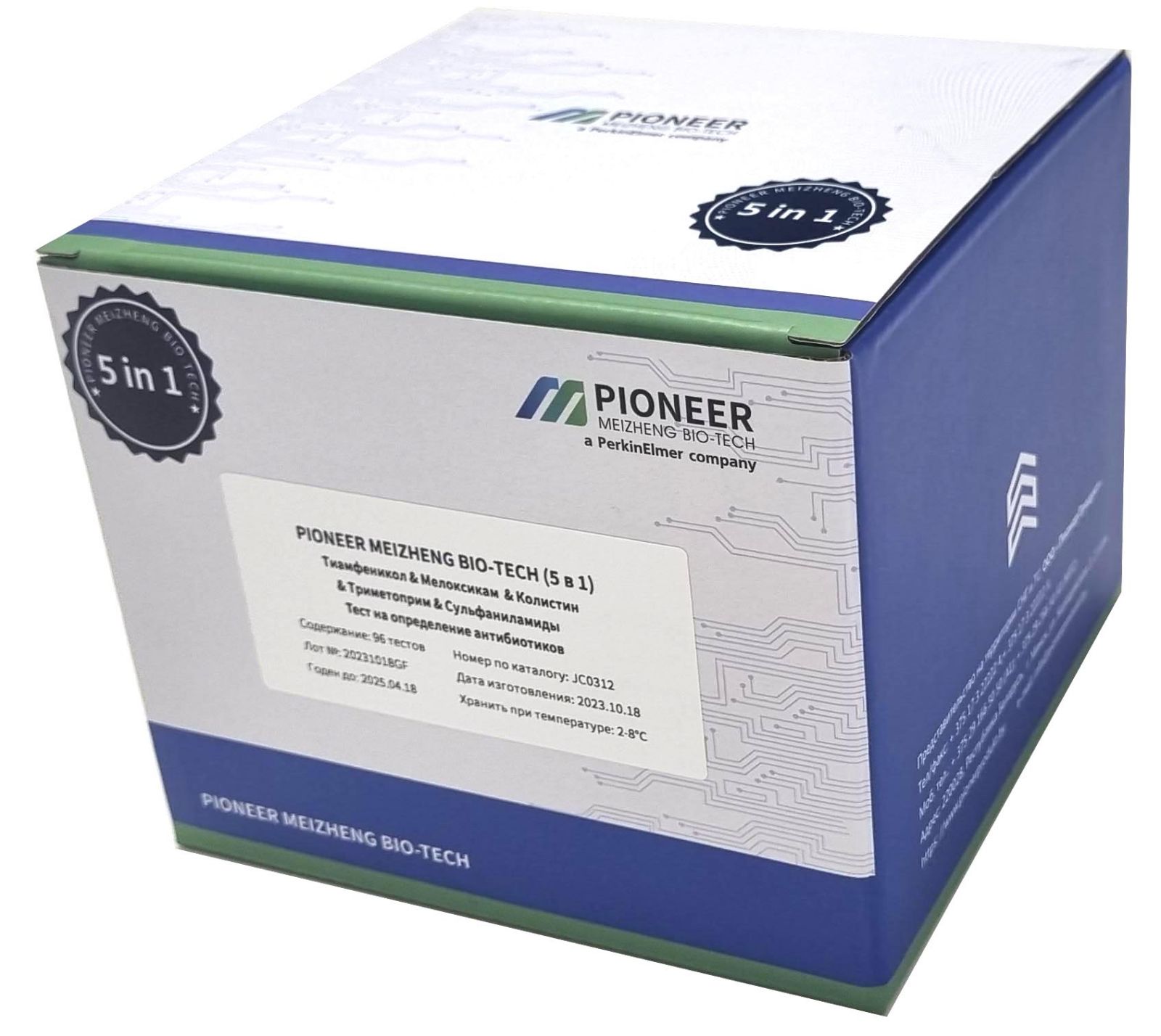The EU has brought its sanctions rules closer to the American ones

The Working Group of Advisors on Foreign Relations (RELEX, a body of the Council of the EU ) agreed on the updated “European Union Best Practices for the Effective Implementation of Restrictive Measures” (.pdf), which clarified the criteria for determining the ownership and control of a company. As a result, organizations that the owners tried to “exclude from the blow” may fall under restrictions.
The changes were published in early July. As noted by the founder of the Belgian law firm YS Advisors, sanctions specialist Yuri Shumilov, this is the first edition of the document after the previous version published back in 2018. EU Best Practices are recommendations for the implementation of sanctions that are widely used by EU institutions and national competent authorities.
As a general rule, if a sanctioned entity (person or organization) owns or controls an organization, then this legal entity is subject to the same European sanctions as the sanctioned entity itself.
Ownership criteria similar to the US “50% rule”
The ownership criterion in the EU has been clarified as follows: ownership of a company occurs if the sanctioned person owns 50% or more of the capital. The previous version of the EU Best Practices referred to ownership of more than 50%.
In addition, the document now explicitly states the principle according to which the participation interests of several sanctioned persons in an organization must be summed up when determining whether such an organization is owned by sanctioned persons. This rule is similar to the principle of the US Treasury Department's Office of Foreign Assets Control (OFAC).
The American “50% rule” was originally introduced in 2008 and implied that if an individual or entity included in the Specially Designated Nationals (SDN) list owns 50% or more in any company, then the latter automatically falls under those the same sanctions. In 2014, this principle was tightened. Today, if several owners of a particular company are on the sanctions list, their shares in it must be summed up. If the amount is at least 50% of the shares, the company automatically falls under sanctions.
“In the updated EU Best Practices, similar to the OFAC rules (50% Rule), the ownership criterion is determined by the “50% or more” rule, which also applies to situations where the total ownership share of two or more sanctioned persons in an asset exceeds established threshold,” explains Victoria Bortkevicha, partner in the banking law and finance practice at Better Chance.
In particular, the “EU Best Practices” provides the following example: if an organization is 30% owned by one sanctioned entity, and 25% by another, then such an organization is considered to be owned by sanctioned entities.
“This principle is already reflected in the EU Commission’s FAQs and is widely used by EU operators for precautionary reasons,” notes Shumilov. In answers to frequently asked questions, however, the wording “more than 50%” of shares is used.
The explanations of the European Commission are advisory in nature; only the courts of EU member states and the COURT of the European Union have the right to give an official interpretation of the anti-Russian sanctions regime, reminds BGP Litigation partner Sergey Glandin. “In practice, anyone who wanted to get a business out of a possible blow has long used the 49% rule (of share ownership) and reduces their stake accordingly,” he says. Thus, changing the ownership criterion from “more than 50%” to “50% or more” will not have much impact, he believes.
Signs of control over a company
The EU Best Practices have also been expanded to include non-exhaustive examples of what may constitute an indication of control by a sanctioned individual or entity over another entity. In particular, the following circumstances are indicated.
- The sanctioned person is the largest shareholder of the enterprise . For example, it owns 40% of the shares, while other shareholders individually own 10%. In this case, further analysis may follow to determine whether the sanctioned entity does not meet other control criteria, for example, whether it does not have the right to appoint a majority of directors on the board, the document says.
- There was a management buyout , in which the sanctioned previous owner retained the right to buy the shares back on favorable terms.
- The shares were transferred to the new owner shortly before or shortly after the previous owner was sanctioned. This factor may become a reason for a deeper investigation to establish the influence of the previous share owner on the new one.
- Participation in the management of the enterprise by nominees (for example, family members, former employees or business partners), as well as, possibly, too low (or otherwise “abnormal”) the price of repurchase of shares by the new owner from among them. This criterion also includes the presence in the company of a consultant or board of consultants who has final authority to make decisions on the activities of the organization, or the presence of a written agreement under which a non-shareholder or minority shareholder receives the right to make sole decisions on issues of the activities of the enterprise.
- The entity is part of an "unreasonably complex" corporate structure , potentially including entities such as shell companies, limited liability companies or trusts associated with the sanctioned entity. In the case of trusts, a sign of control is the creation or “change of identity” of trusts shortly before or after the adoption of the sanctions regime, Shumilov points out. According to him, this formulation presumably refers to the introduction of a sanctions regime against RUSSIA in 2014.
The list of indicators is not exhaustive, but rather serves as an example of situations that require EU regulators to more carefully analyze corporate relationships with a view to establishing control, Bortkiewicz emphasizes.
What consequences may there be
Broad changes to the definition of control could potentially lead to national competent authorities of EU member states assessing the restructuring of corporate groups involving sanctioned entities using more stringent criteria, Shumilov says. “This may lead to a reassessment of the status of some companies that were not previously considered sanctioned as a result of the removal of sanctioned beneficiaries and shareholders from their perimeter,” he believes.
Also, cases of restructuring involving trusts will be subject to more thorough investigation, the lawyer adds.
The recommendations of the “EU Best Practices” are addressed to European business entities, and they have long had their own local regulations, which indicate who is considered a sanctioned person and organization and in what cases to terminate business relations, notes Glandin. “Most of these regulations contain provisions on the refusal to work with Russia. They haven’t worked with Russian people for a long time,” he emphasizes.
Denis Primakov, HEAD of the sanctions law and compliance practice at the KIAP law office, agrees with him. “In fact, the control criteria were already in other EU documents. Now they have been moved to “Best Practices,” he points out. In particular, according to Primakov, the European Commission’s conclusion of October 2019 examines the concept of “actions on behalf of or at the direction of.”
It requires national regulators to take into account all relevant circumstances, including, for example, the precise ownership/control structure (including relationships between individuals); the nature and purpose of the transaction in combination with the stated business responsibilities of the entity; previous instances of acting on behalf of or at the direction of the sanctioned entity; disclosure of information by third parties or factual evidence indicating that instructions were given by the sanctioned entity.
Read together with it:
- A tanker carrying Russian oil bound for India has been turned back after US sanctions.A vessel carrying 750,000 barrels of oil , which departed Primorsk on October 20, turned back a week after the US imposed sanctions on Rosneft and Lukoil. it was scheduled to sail to India.A tanker carrying Russian oil bound for India has changed course and is now drifting in the Baltic Sea, reportsBLOOMBERG, citing data from the Kpler and Vortexa vessel tracking platforms, clarifies that the situ...
- Uruguay strengthens sanitary controls to protect meat export chain to ChinaUruguay has announced stricter controls and sampling at its MEAT processing plants after traces of tick-killing medication were found in a shipment of beef returning from CHINA . The measure aims to protect traceability, HEALTH reputation and logistical continuity of trade flows, which account for more than 6......
- Уитакер заявил об альтернативных санкциям мерах давления США на РоссиюМэтью Уитэкер США изучают альтернативные варианты давления на Россию помимо санкций, заявил постоянный представитель страны при НАТО Мэтью Уитакер в интервью BLOOMBERG. «Санкции — это лишь одна из карт, которые разыгрывает президент [США Дональд Трамп]. Сегодня в Брюсселе я встретился с директором ЦРУ [Джоном] Рэтклиффом и мы обсуждали иные варианты, которые имеются в распоряжении президента. През...
- Uruguay: Ministry of Livestock, Agriculture and Fisheries tightens controls after meat returns from ChinaTogether with the Directorate General of Animal Husbandry (DGSG), the MGAP issued Regulation No. 311/2025, which established that the presence of residues of ectoparasiticidal veterinary drugs in the body of cattle intended for slaughter, if the established limits of permissible levels are observed, will lead to more serious economic consequences and the suspension of activities. The measure was a...





























































